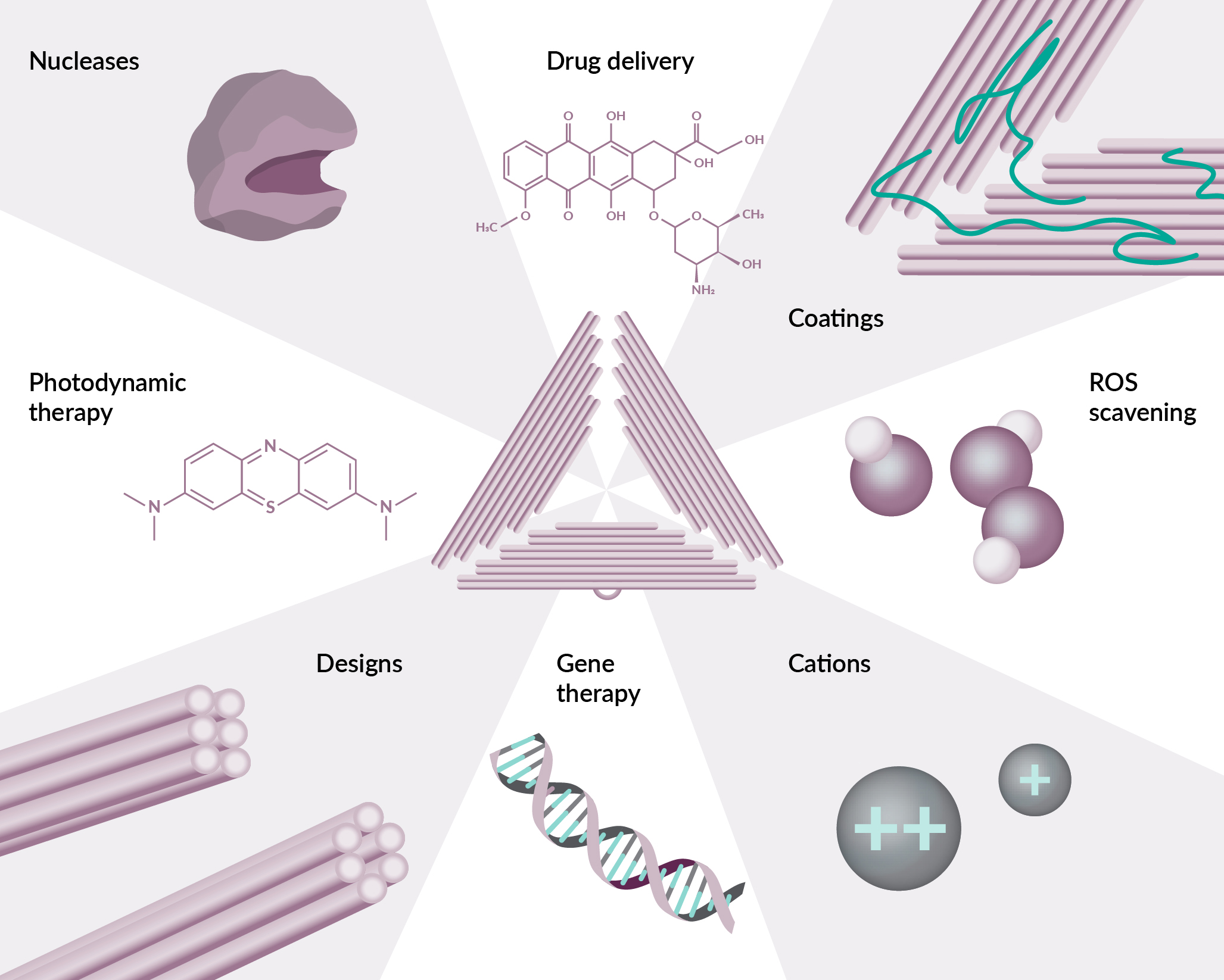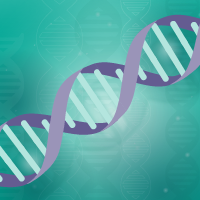DNA origami nanostructures in biomedicine and the issue of stability
Nucleic Acid Insights 2025; 2(2), 61–75
DOI: 10.18609/nuc.2025.011
During the last decade, DNA origami nanostructures (DONs) have evolved into molecular precision tools widely applied in the biomedical field and especially in targeted drug delivery. Numerous successful in vivo studies have demonstrated potential therapeutic applications in the treatment of cancer, autoimmune diseases, and bacterial infections, among others. Tremendous progress has been made toward the clinical application of DONs and several important hurdles have been overcome. As one of the last major challenges, efficient means for controlling the in vivo stability of DONs need to be developed that do not interfere with their anticipated functions. Although we are not quite there yet, numerous recent studies have approached this issue from different angles, uncovered the intrinsic and extrinsic molecular mechanisms that govern DNA origami stability in physiological environments, and developed strategies to stabilize DONs in the absence of cations and against digestion by nucleases. This contribution provides an overview of the recent advances in the field and tries to paint a coherent picture of the various processes and interdependencies that affect the structural integrity of DONs in vivo. The most promising strategies for the stabilization of DONs under those conditions and their current limitations are discussed in order to guide future research efforts.
 |
